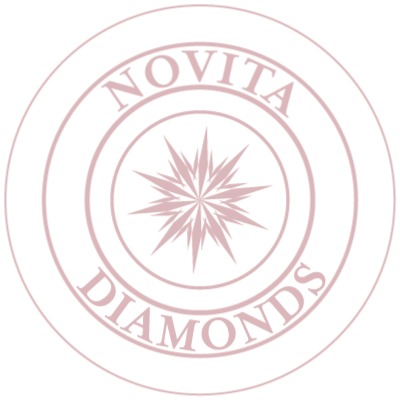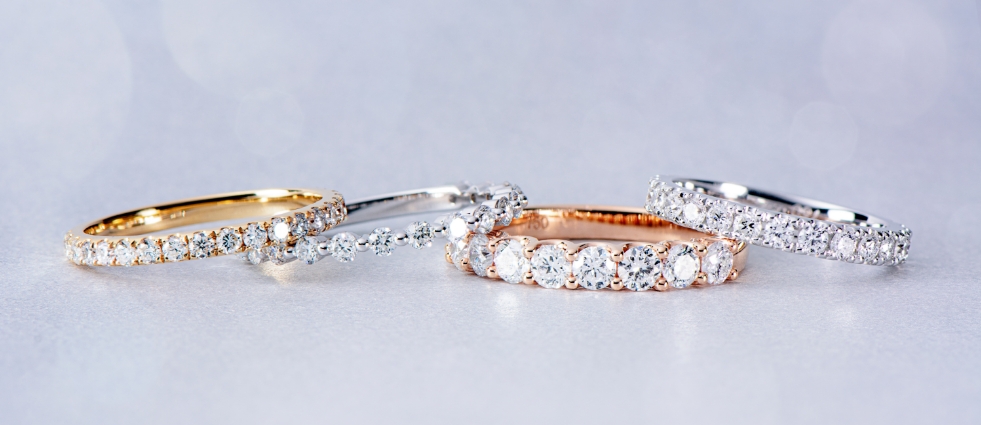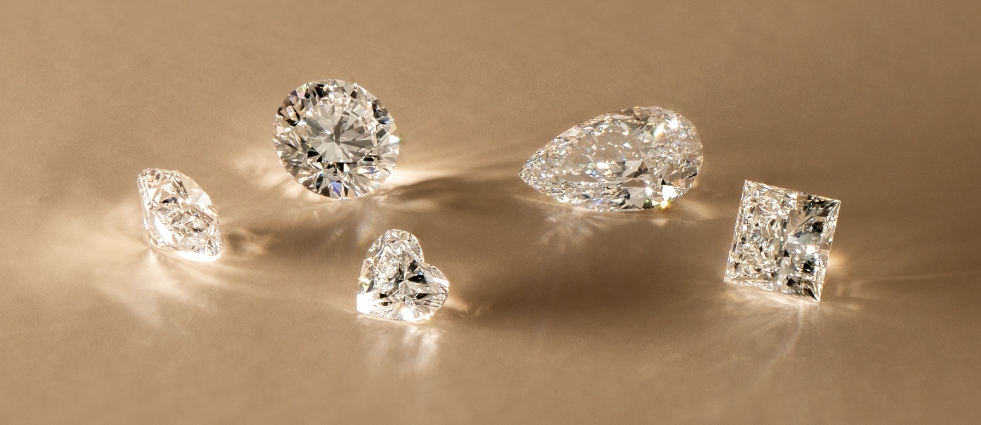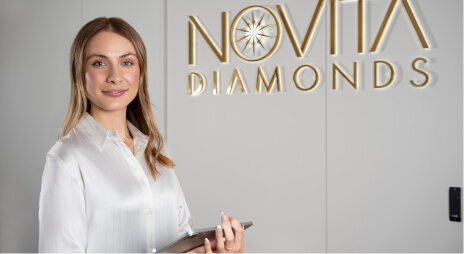IF YOU CAN'T BEAT THEM, JOIN THEM!
In what must have come as a surprise to no one, this dishonest tactic backfired spectacularly on GIA and De Beers’ coalition which was at this time tenuous at best. In the face of overwhelming backlash, GIA accepted defeat; they scraped the dogy grading system in favour of applying the original for both mined and man made diamonds. We, like many others in the diamond industry, were very happy about the news, but none more so than human rights and environmental activists.
The change of stance by GIA, however, is widely viewed within the diamond industry as having come too late. Their earlier shenanigans have allowed their chief competitor, IGI, to capture the lab grown diamond grading and certification market. When it comes to diamond certification, IGI has become the authority, while GIA is the underdog; GIA has a long road ahead and a lot of hard work if they are ever to regain their former prominence.
PROS AND CONS OF GIA
In what ways does GIA entering back into the lab made diamonds certification market affect you as a customer? In short, you will have to pay a premium if you want a diamond that is certified by GIA. So why, you may ask, are you paying extra for a GIA certificate? To start with, GIA's operating costs are higher compared to IGI's, which naturally inflates their certification prices. Since GIA has fewer global offices than their chief competitor, IGI, their output is thus lower. Another more limiting factor is that most GIA labs limit certification to certain diamonds size. For instance, the GIA office in Hong Kong only certifies diamonds below 2.00CTs. 2cts and above are exclusively dealt with by GIA US. The grading time for their diamonds is not favourable either, taking around a whole month to certify a diamond, which they claim is due to their ‘stricter standards’, unlike the just a few days required by IGI.
Therefore, GIA-certified stones are considerably more expensive than similarly IGI-certified diamonds. We do our best to absorb most of the price difference, but NOVITA DIAMONDS unfortunately must pass some of it along to the customer.
Cons: Stones certified by GIA (the Gemological Institute of America) will be up to 15% more expensive.
THE WINNER IS THE MARKET
By going all in, a revered and prestigious institution like GIA, unquestionably proves the legitimacy of man made diamonds and, in some key regards, their superiority over mined diamonds. The end result is that almost everyone benefits, none more so than the end customer, who is now provided with a compelling alternative to mined diamonds. Furthermore, GIA's full embrace of lab grown diamonds effectively negates all baseless claims that have been made by those who have a vested interest in mined diamonds against lab grown diamonds.
WHAT SHOULD YOU BUY - IGI VS GIA?
When choosing a diamond for your yourself or your loved one, we recommend choosing an IGI diamond rather than one certified by GIA. Both IGI and GIA are trustworthy labs, both having good track records. However, the large savings afforded by choosing an IGI certified diamond outweighs any perceived quality advantage from a GIA certified diamond. Moreover, because IGI had a head start over GIA, which stopped certifying lab-grown diamonds in the middle, they have a vast variety of stones to choose from, giving them a competitive advantage.
True: IGI is the most popular and dominant lab in the world for lab grown diamonds.
True: GIA is the most popular and dominant lab in the world for mined diamonds.
For more related industry articles, use any of the following search terms on our blog: igi diamond report vs gia, GIA vs IGI, IGI vs GIA lab grown, igi diamonds vs gia, igi diamond report vs gia, igi vs gia lab grown, igi diamonds vs gia, igi vs gia lab grown









